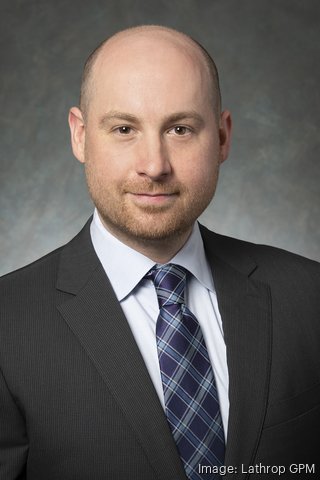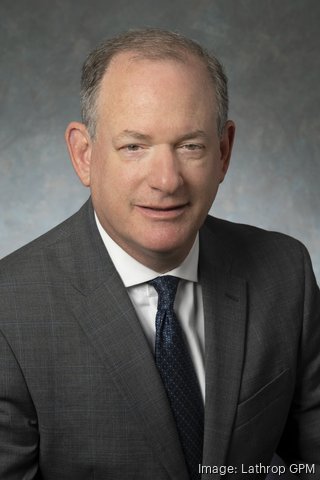Lathrop GPM LLP has a unique law practice using its insurance expertise to help figure out ways to settle wrongful conviction cases, finding broader coverage for greater amounts.
The Civil Rights Insurance Recovery team won a landmark federal case that ensures counties and municipalities can look at every insurance policy they hold from the time of prosecution through incarceration and see whether the coverage applies to a wrongful conviction case.
Bill Beck, a partner and trial lawyer, said Lathrop has worked with about a dozen law firms on such cases. The team typically represents the plaintiffs in the case, but it ends up working with the insured to try to maximize their coverage for the case.
“It’s turned into not just finding insurance and negotiating well, but also going through litigation to really establish new lines of coverage and new years of coverage," Beck said. "We’ve had some recent decisions that have opened up the insurance policies in force, not just when you’re arrested, but while you’re in prison. Instead of only having $1 million available, suddenly there might be $20 million or $30 million in some cases.”

In 2019, Lathrop won a case in the 5th U.S. Circuit Court of Appeals that said courts need to read and interpret the actual policies and not simply apply judicial decisions about what insurance policies are in play. Before the ruling, insurance companies had been convincing judges that all wrongful conviction cases must be construed as malicious prosecution claims, which hindered interpretation of coverage in other types of policies.
“Now if the language of a policy says that the insurance company will cover a municipality if a plaintiff alleges injury during the policy period, we can argue that its very clear to us that when our client was in prison, they were suffering injury every day,” said Alexander Brown, a partner and co-founder of the Civil Rights Insurance Recovery Practice.

The win caused a domino effect. Since then, Lathrop has won rulings in Missouri, Ohio and Idaho, with courts accepting that insurance policies are contracts, so courts can’t apply a top-down rule.
One hurdle remained in the Middle District of Pennsylvania, where a 2005 ruling established that only one policy applies — the one at the time of the charges being brought. But Lathrop earned a win in the Western District of Pennsylvania in June that overruled the Middle District and said courts have to read the contracts and apply the language as written.
“We see that ruling as a watershed moment in time that will really affect the law,” Brown said. “In practicality, what that meant for our client in Pennsylvania was that Cambria County went from having $0 in coverage because the insurer at the time of prosecution went out of business, to having millions of dollars in insurance coverage.”
Early policies tended to have smaller limits than those in effect 20 or 30 years later, said Michael Abrams, a Lathrop partner and trial attorney.
“So it’s not just that we’ve been adding additional years of coverage, but that we’ve been adding additional years with much higher limits,” he said.

Some of the team's work may apply to other areas of law, such as the pollution exclusion in most environmental insurance policies.
“For the longest time, insurance companies have been able to persuade courts that they don’t have any coverage for pollution because it’s excluded,” Beck said. “But some very good law firms, including some we’ve worked with closely, helped persuade courts that there are lots of instances in which pollution should be covered under the policies. We’ve recovered hundreds of millions of dollars in that kind of case.”
